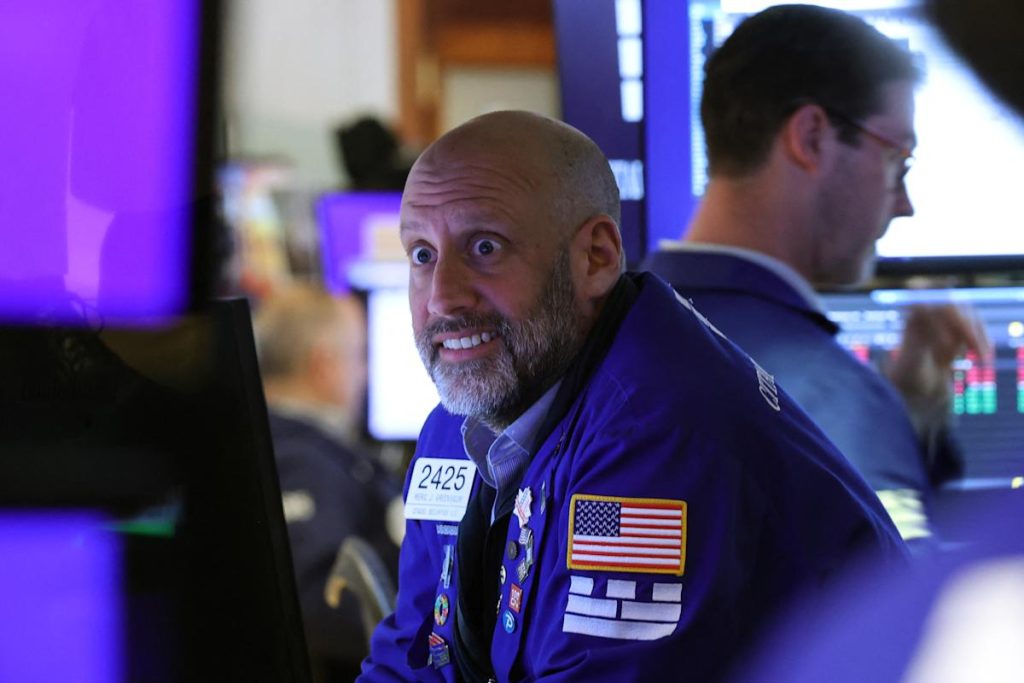Stocks Surge to New Heights
Stocks have made a remarkable recovery since their downturn in April, ending the first half of the year on a positive note. Both the S&P 500 and Nasdaq Composite reached new record highs.
Market Gains Linked to Eased Tensions
The market’s progress is largely attributed to reduced geopolitical tensions and a decrease in tariffs. This includes the rise of what some investors call the “TACO trade,” which suggests that the president frequently makes bold claims about tariffs but seldom acts on them.
Investor Sentiments and Trade Deals
Traders have leveraged this belief to support market growth, expecting last-minute changes in policy. Reports indicate that trade frameworks with China and the UK are on the agenda as the president approaches a self-imposed deadline. This optimism has fueled expectations for a favorable economic scenario characterized by stable earnings growth, minimal tariff impact, and potential Federal Reserve rate cuts.
Wall Street Caution Amid Uncertainties
Despite the upward trends, financial experts advise caution, noting that potential challenges lie ahead. As the second half of the year begins, mixed signals in the economy bring a level of uncertainty. The S&P 500 saw a slight dip, while the Dow Jones Industrial Average gained ground.
Concerns About Inflation and Tariff Impacts
Experts are warning investors not to overlook inflationary pressures as tariffs may still increase, adding strain to an economy already facing weaker consumer demand and widespread factory slowdowns. An economist remarked that while there are troubling indicators, there are as yet no definitive warning signs.
Mixed Economic Signals
The economy’s momentum has been hindered by revisions in GDP growth, an uptick in inflation, and increased labor claims, which all point to some softness in the job market. However, there is still optimism reflected in rising job openings.
Future Projections and Fed Policies
Market observers are debating the timing of potential Federal Reserve rate cuts, with mixed forecasts about their likelihood in 2025 and beyond. While some economists predict cuts can occur depending on job growth and inflation rates, others believe the central bank will remain cautious and assess long-term economic impacts before making any decisions.



